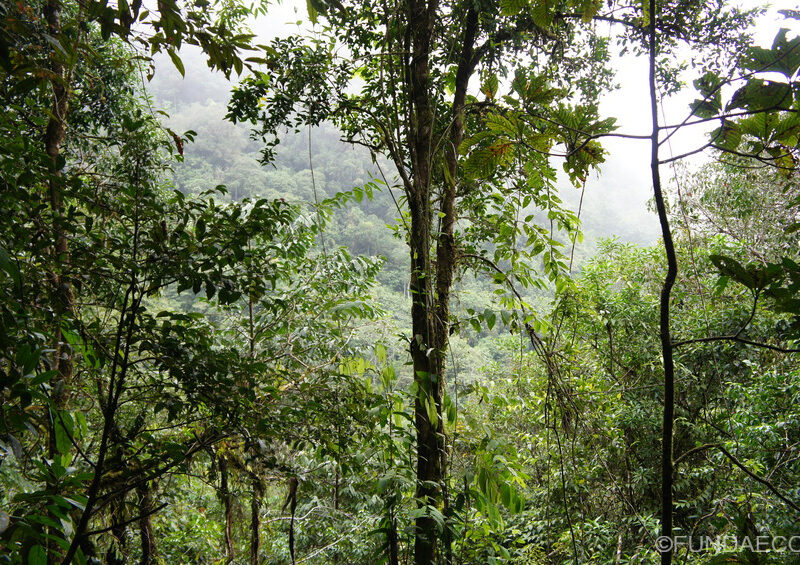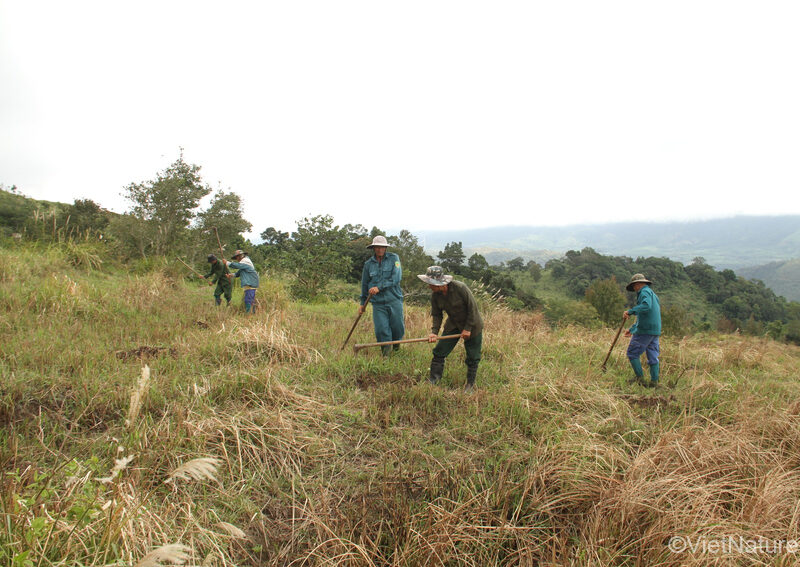Protecting What We Have Now
Land purchase is both the ultimate protection for biodiversity and one of the most effective ways of tackling climate change.
Currently, 15% of land on Earth is protected. This figure needs to jump to 50%, scientists say, if we are to reverse biodiversity loss and stabilise our climate. This “Global Safety Net” is made up of proposed and pre-existing protected areas all over the world, chosen for their carbon storage capacity and rich species assemblages. Many occur in the four countries that comprise our Carbon Balanced programme: Ecuador, Guatemala, Mexico and Vietnam.



